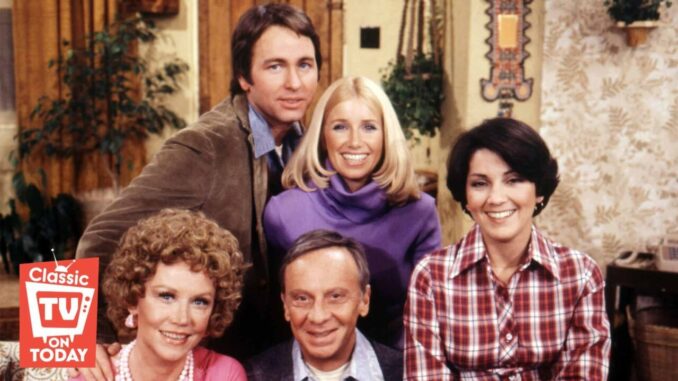
Introduction
“Three’s Company” and “Friends” are two iconic sitcoms that have captured the hearts of audiences for decades. While they may seem vastly different on the surface, there are actually several similarities between these two shows. In this article, we’ll take a deep dive into the similarities between “Three’s Company” and “Friends” and explore why they have both achieved such enduring popularity.
The Core Concept of Friendship
Both “Three’s Company” and “Friends” are centered around the concept of friendship. In “Three’s Company,” the main characters, Jack, Janet, and Chrissy, are roommates who form a close bond despite their differences. In “Friends,” the six main characters, Rachel, Monica, Phoebe, Ross, Joey, and Chandler, are also best friends who support each other through thick and thin.
The Importance of Humor
Humor is a key element in both “Three’s Company” and “Friends.” Both shows are known for their witty dialogue, physical comedy, and slapstick humor. The characters in both shows often find themselves in absurd situations that lead to hilarious outcomes.
The Role of Romantic Relationships
While friendship is the central theme of both shows, romantic relationships also play a significant role. In “Three’s Company,” Jack and Janet have a complicated relationship that is often the source of comedic tension. In “Friends,” the characters navigate a variety of romantic relationships, including breakups, makeups, and long-distance love.
The Fish-Out-of-Water Trope
Both “Three’s Company” and “Friends” feature characters who are somewhat out of place in their surroundings. In “Three’s Company,” Chrissy is a naive and sheltered woman who is new to the city. In “Friends,” Rachel is a spoiled rich girl who leaves her fiance at the altar and moves to New York City to start a new life.
The Importance of Family
Family plays a significant role in both shows. In “Three’s Company,” Jack’s father is a frequent visitor, and Chrissy’s mother often calls to check in. In “Friends,” the characters’ families often appear in the show, and they often rely on their families for support and advice.
The Impact of Pop Culture
Both “Three’s Company” and “Friends” are heavily influenced by pop culture. The characters in both shows often reference current events, celebrities, and popular culture trends. This helps to make the shows feel more relatable and relevant to audiences.
The Enduring Appeal of Both Shows
“Three’s Company” and “Friends” have both achieved enduring popularity because they are timeless classics. The characters are relatable, the humor is timeless, and the stories are heartwarming. Both shows have left a lasting impact on popular culture and continue to be enjoyed by audiences of all ages.
Conclusion
While “Three’s Company” and “Friends” may seem like very different shows on the surface, they share many similarities. Both shows are centered around friendship, humor, and relatable characters. The enduring appeal of both shows is a testament to their timeless quality and their ability to connect with audiences on a deep emotional level.
FAQs
- When did “Three’s Company” and “Friends” air?
- “Three’s Company” aired from 1977 to 1984, while “Friends” aired from 1994 to 2004.
- Which show is considered to be more popular?
- Both shows have achieved immense popularity, but “Friends” is generally considered to be more widely recognized and beloved.
- What is the main difference between the two shows?
- One of the main differences between the two shows is the era in which they are set. “Three’s Company” is set in the 1970s, while “Friends” is set in the 1990s.
- Are there any characters in “Friends” who are similar to characters in “Three’s Company”?
- Yes, there are a few characters in “Friends” who are similar to characters in “Three’s Company.” For example, Ross Geller is often compared to Jack Tripper, and Monica Geller is often compared to Janet Wood.
- Why did “Three’s Company” get canceled?
- “Three’s Company” was canceled after seven seasons due to a combination of factors, including declining ratings and creative differences among the cast and crew.
